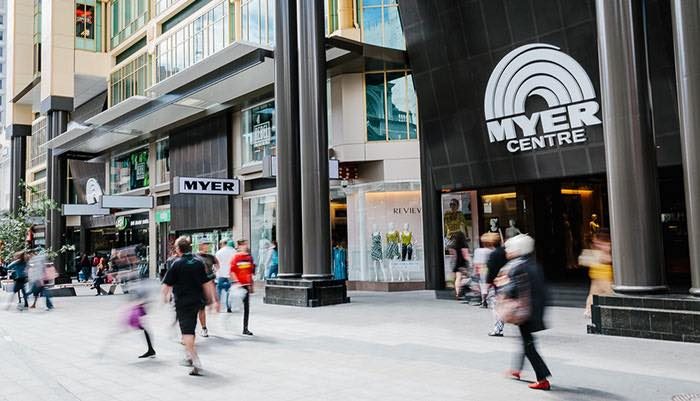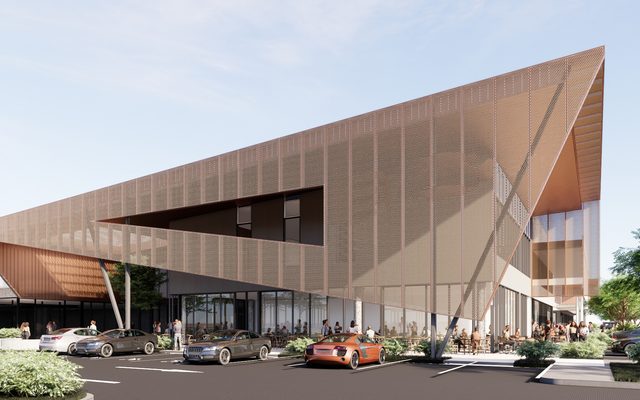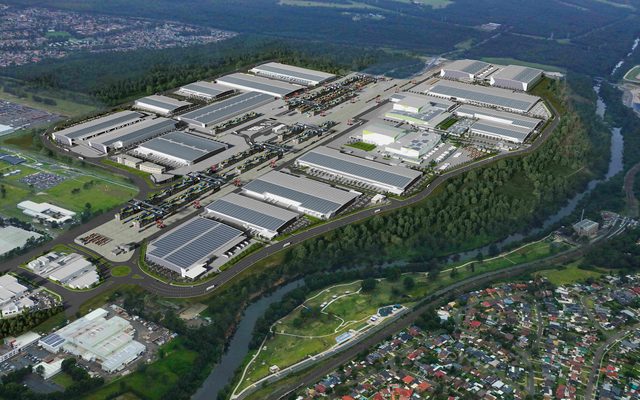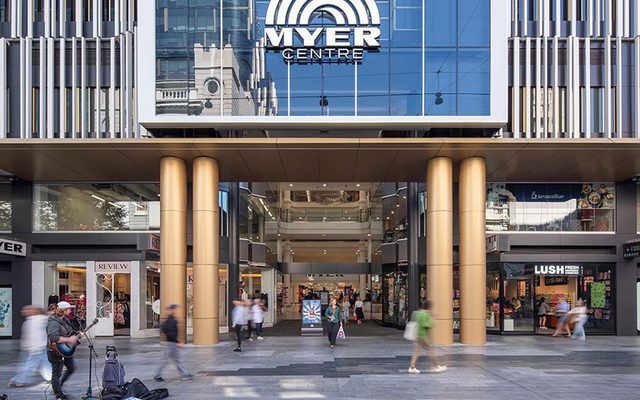This article is from the Australian Property Journal archive
DEPARTMENT store Myer is threatening to leave another major Australian CBD shopping centre just a week after it walked away from its Queen Street Mall flagship in Brisbane.
In a statement to the Singapore Exchange, Starhill Global REIT, the owner of the Myer Centre in Adelaide, said Myer alleges there has been a breach of the lease “by maintaining the Myer Centre Adelaide in a condition whereby it is substantially empty of suitably presented retail stores”.
Starhill said it considers that the “arbitration claim is ill-founded and will take all steps necessary to vigorously defend the arbitration claim”.
“The landlord has retained experienced legal counsel,” it said.
Myer’s current lease runs to June 2032.
The Myer Centre opened in 1991 with a $570 million building cost. The department store occupies 52% of the floor space and the centre includes six levels of specialty shops and the Dazzeland amusement attraction.
It is valued at S$239.3 million and accounts for 8.3% of Starhill Global REIT’s total portfolio valuation. Annual revenue from Myer’s lease is worth about S$13.7 million, according to Starhill Global REIT, and contributed 7.4% and 9.0% of its total portfolio revenue and net property income respectively for the 2022 financial year.
Myer has been making payment of rent and Starhill Global REIT expects arbitration to take “in excess of 12 months”. It does not consider the claim will have a material impact on its distributable income for FY23.
In another dispute with landlords Vicinity Centres and ISPT over the terms of a new lease, the department store has just made the decision to not exercise its lease renewal at the Myer Centre in Brisbane, a move that will trigger the biggest shake-up of the city’s retail landscape in decades.
The major department store accounts for more than half of the 63,000-plus sqm in the Brisbane shopping centre.
Its decision to leave its Brisbane flagship and then separately launch a legal claim at its Adelaide site comes amid an ongoing floor space rationalisation program, which it has previously stated would total 110,000 sqm in store closures or relinquished excess space. This month it also announced a record $1.88 billion first-half sales, and 101% increase in profit to $65 million, to which it attributed its dual online and bricks-and-mortar retailing strategy.
However, Myer CEO John King has said that “like all retailers, we remain cautious about the macro-economic environment”. Myer and its rival David Jones are expected to be hit by the rising cost of living and the impact of growing interest rates, as the $260 billion savings buffer accumulated during the pandemic becomes depleted.
Meanwhile, landlords including Vicinity Centres had seen multiple valuation hits to their malls in the lead-up to COVID amid retail headwinds, before their CBD assets suffered heavily from lockdowns that emptied cities of workers, shoppers and visitors.
David Jones, too, has been undertaking a store rationalisation program, with former owners last year Woolworths Holdings targeting 36,000 sqm in cuts just ahead ending its direful affair with the department chain in December; it sold the 185-year-old business to Sydney-based private equity firm Anchorage Capital Partners for just a tiny fraction of the $2.1 billion it paid eight years ago.
The two department stores have also turned to last-mile logistics and warehousing to keep costs down, as industrial space is cheaper compared to space within shopping centres. Experts estimate that Myer and David Jones have handed back over 100,000 sqm of shopping centre space being used for storage, saving tens of millions of dollars in rent every year.




